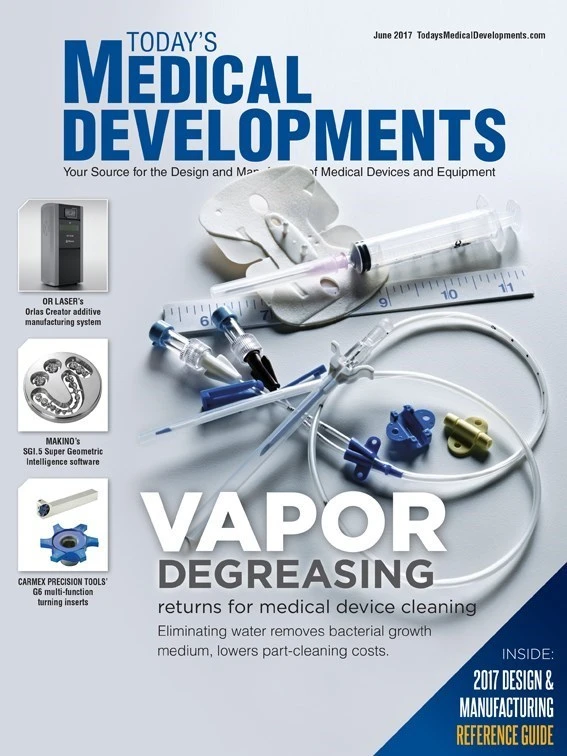
Who needs manufacturing? Apparently not the U.S., according to San Francisco Federal Reserve Bank President John Williams. Speaking at El Camino High School in South San Francisco, California, in April, Williams said that the economy will rely increasingly on services, not manufacturing, and that work in healthcare and education is where U.S. workers excel.
I disagree.
Without manufacturing, the U.S. would have to rely on other countries for everything. Without manufacturing, many individuals wouldn’t be working in careers where they could put their talents to use. Without manufacturing, the U.S. would be turning its back on an industry vital to prosperity – one where analysts predict between 2 million and 3.5 million jobs will need filling in the next 10 years. And manufacturing is strong and growing. April industrial production jumped 1% from a month earlier, the largest gain in more than three years while capacity use, a measure of slack in the economy, increased 0.6 percentage point to 76.7% – staying slightly below the long-run average of 79.9%.
Americans do believe manufacturing is vital to the U.S., with 8 out of 10 noting its importance in maintaining the “American Way of Life” in the sixth U.S. public opinion of manufacturing study by Deloitte and The Manufacturing Institute (https://goo.gl/e7johc). However, the survey shows there’s still is some negative stigma with the industry – one-third say they wouldn’t encourage their children to pursue a career in manufacturing because of worries it doesn’t pay enough, is not a strong career path, and concerns of its security and stability. While manufacturing no longer employs the numbers it used to – down 4.9 million jobs in the past 20 years – the good news is 67% believe manufacturing careers are interesting and rewarding, which they are, plus manufacturing is strong.
Knowing that manufacturing is a high-tech field, 88% of survey respondents believe the jobs require high technical skills, and 76% support additional U.S. investment in the industry. Parents of school-age children, Gen X, and those familiar with manufacturing rank it as their No. 1 industry; 69% believe it should be a national priority.
So, while it has been a slow process in changing the public’s antiquated ideas about a career in manufacturing, a positive perception is developing. Much of that is due to the growth of programs and events that introduce younger generations to today’s manufacturing environment. More companies are offering internships, work-study, and apprenticeships which, together with skill competitions, facility visitation days, and student days at trade shows put manufacturing in the right light to see it for what it is – a cutting edge industry embracing technology and automation that needs creative individuals from the start of a design through the finished product.
So, as manufacturing is being seen with a better, fresher image, how is your company helping build excitement about advanced manufacturing technologies and careers?
Let me know at emodic@gie.net.
~Elizabeth
Explore the June 2017 Issue
Check out more from this issue and find your next story to read.
Latest from Today's Medical Developments
- Arcline to sell Medical Manufacturing Technologies to Perimeter Solutions
- Decline in German machine tool orders bottoming out
- Analysis, trends, and forecasts for the future of additive manufacturing
- BlueForge Alliance Webinar Series Part III: Integrate Nationally, Catalyze Locally
- Robot orders accelerate in Q3
- Pro Shrink TubeChiller makes shrink-fit tool holding safer, easier
- Revolutionizing biocompatibility: The role of amnion in next-generation medical devices
- #56 Lunch + Learn Podcast with Techman Robot + AMET Inc.





